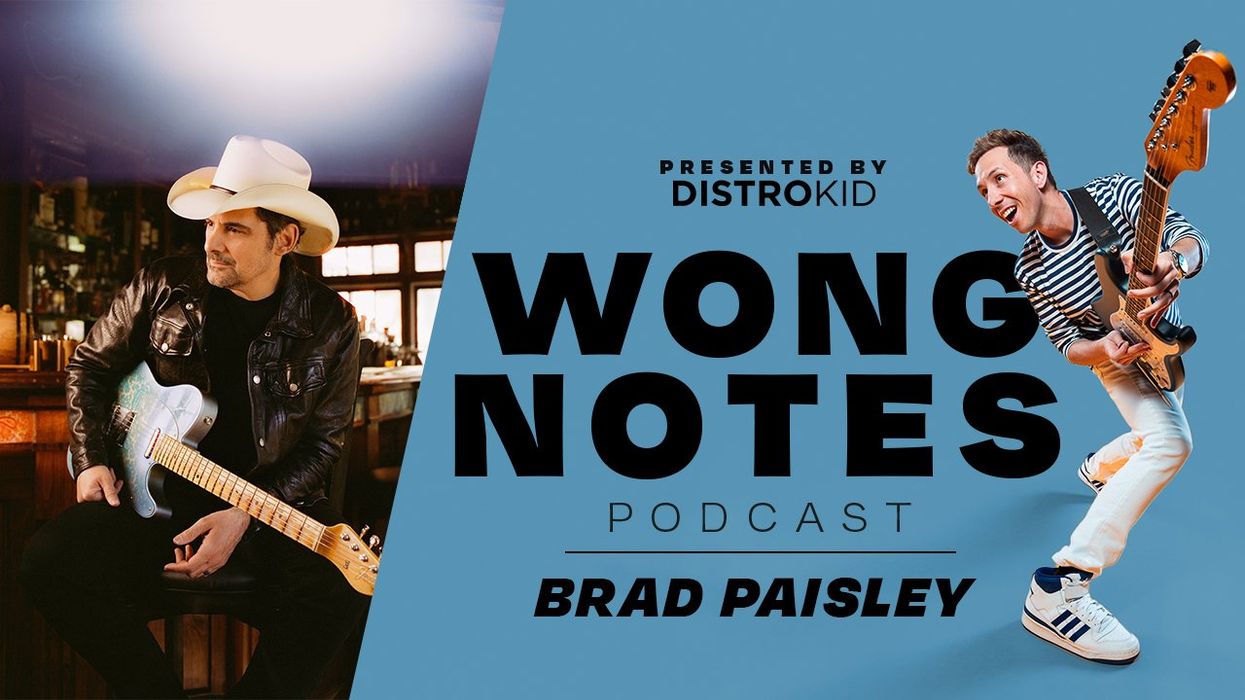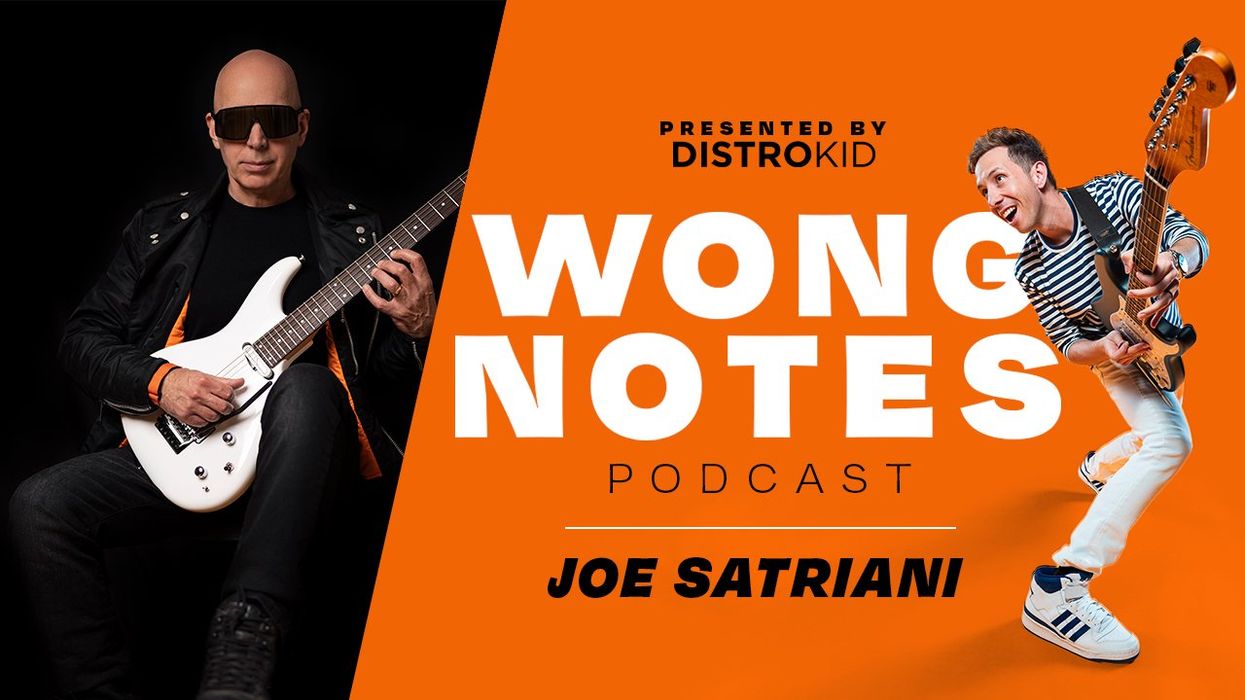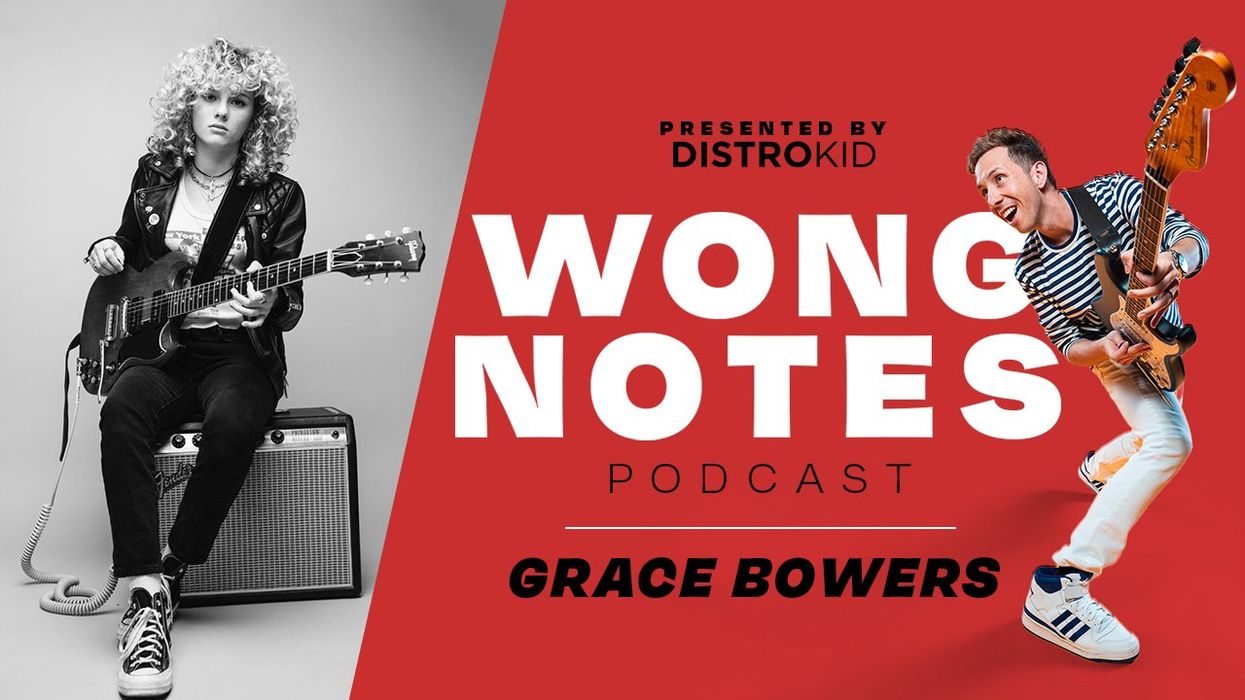The in-demand New York-based musician and singer shares how she became one of the music industry’s buzziest bass players.
At 26, Blu DeTiger is the youngest musician ever to have a signature Fender bass guitar. The Fender Limited Player Plus x Blu DeTiger Jazz Bass, announced in September, pays tribute to the bassist and singer’s far-reaching impact and cultural sway. She’s played with Caroline Polachek, Bleachers, FLETCHER, Olivia Rodrigo, and more, and released her own LP in March 2024. In 2023, Forbes feature her on their top 30 Under 30 list of musicians. So how did DeTiger work her way to the top?
DeTiger opens up on this episode of Wong Notes about her career so far, which started at a School of Rock camp at age seven. That’s where she started performing and learning to gig with others—she played at CBGB’s before she turned 10. DeTiger took workshops with Victor Wooten at Berklee followed and studied under Steven Wolf, but years of DJing around New York City, which hammered in the hottest basslines in funk and disco, also imprinted on her style. (Larry Graham is DeTiger’s slap-bass hero.)
DeTiger and Wong dish on the ups and downs of touring and session life, collaborating with pop artists to make “timeless” pop songs, and how to get gigs. DeTiger’s advice? “You gotta be a good hang.”


















